2022 Hyundai Ioniq 5 EV Keeps Funky Concept Looks, 300-Mile Range

Hyundai today unveiled its first dedicated electric vehicle, the 2022 Ioniq 5. When the mid-size crossover arrives in North America this autumn, it will kick-start a new sub-brand, and debut Hyundai’s EV platform, which will underpin a whopping 23 models by 2025.
SEE ALSO: 2021 Hyundai Sonata N Line Review: First DriveDubbed Electric-Global Modular Platform (E-GMP), the modular platform allows for a variety of battery, motor, and drivetrain combinations. In basic Ioniq 5 duty, that translates to a rear-drive, single-motor setup, drawing power from a 58-kWh battery pack. Horsepower stands at 215 hp, with 258 lb-ft of twist available right from 0 rpm. Buyers can also select all-wheel drive, which adds another electric motor up front, resulting in a bump to 232 hp and a combined 446 lb-ft of torque.
Those looking for more range should opt for the 77.4-kWh battery. In rear-drive form, the big-battery Ioniq 5 boasts the same horsepower and torque as the smaller pack, but an estimated single-charge range of up to 298 miles (480 km) on the European WLTP test cycle. Switching to AWD nets the same torque figure as before, but horsepower rises to 302 hp. In this form, Hyundai quotes a 5.2-second roll-out to 62 mph (100 km/h); the standard battery, rear-drive Ioniq 5 will complete the run in a more leisurely 8.5 seconds. Ranges for the rest of the setups remain unknown for now.
SEE ALSO: 2021 Ford Mustang Mach-E Review: First DriveHyundai has patented a unique charging system for E-GMP, allowing for both 400- and 800-volt charging without the need for special adapters. Hooked up to a fast-charger, the Ioniq 5 can replenish up to 62 miles (100 km) in just five minutes. Recharging from 10 to 80 percent can be done as quickly as 18 minutes. The car can also charge electric devices, using up to 3.6 kW of power via two V2L (vehicle to load) ports.
Outside, the Ioniq 5 has stayed remarkably loyal to the 45 Concept of two years ago. It may look like a hatchback in isolation, but Hyundai maintains this new addition to the family is a crossover. It sits quite low, and the overall length of the 5 is within a few hairs of the upcoming 2022 Tucson. However, the wheelbase is an enormous 118.1-inch (3,000 mm)—a full 3.9 inches longer than the brand’s largest SUV, the Palisade. Big 20-inch, aero-optimized wheels sit at all four corners, with the latest evolution of Hyundai’s “Parametric Dynamics” styling visually pulling the wheels together. We dig the funky aperture-style slashes in the wheel arches, too. Up front there’s the first production car clamshell hood design for Hyundai, sitting just above the mean, pixel-style headlight design. The grid-like pattern exists out back too, where the badge sits front and center. Don’t expect the trick digital side mirrors to make it to this side of the Atlantic, however.
Move inside and the Ioniq 5 is all about sustainability. Earth tones dominate—there will be other colors, depending on market—but more importantly, many key touch points use recycled plastic bottles, eco-processed leather, natural wool yarns, and more. The main burst of color comes from the ambient lighting embedded throughout; we especially like the soft glow from the far side of the door armrests. The flat floor offers increased leg room, and easier access to the second row. More novel is what Hyundai calls the “Universal Island”, a motorized center conole that can slide nearly six inches to better accommodate the second row. People in the back row can also slide their seats forward, while front-row folks can recline almost fully horizontally.
Sitting in front of the driver is a 12-inch, fully digital instrument panel. In addition, another screen the same size sits beside it. There’s even more digital real estate used on the windshield, with Hyundai’s first augmented reality head-up display. The Ioniq 5 uses the same little magnet board between the front door and steering wheel as the Elantra, allowing drivers to stick what they deem important there. Behind the back seats is nearly 19 cubic feet (531 liters) of storage space, which balloons out to 56.5 cubes (1,600 litres) when you fold down the rear seats. A small storage section in the “frunk” is standard on all trims.
This being a modern Hyundai, the Ioniq 5 comes chock-full of driver assists. Included is the latest version of Highway Drive Assist 2 (HDA2), plus front collision-avoidance assist, blind-sport warning, speed limit assist, auto high beams, and more.
Production will begin in April in South Korea, with the home market and Europe getting the Ioniq 5 this summer. North America can expect deliveries this autumn. Hyundai plans on selling some 70,000 or so by the end of the calendar year. We’ll know more on prices as that time draws closer, but we imagine it will undercut the Mustang Mach-E.
Become an AutoGuide insider. Get the latest from the automotive world first by subscribing to our newsletter here.

Kyle began his automotive obsession before he even started school, courtesy of a remote control Porsche and various LEGO sets. He later studied advertising and graphic design at Humber College, which led him to writing about cars (both real and digital). He is now a proud member of the Automobile Journalists Association of Canada (AJAC), where he was the Journalist of the Year runner-up for 2021.
More by Kyle Patrick



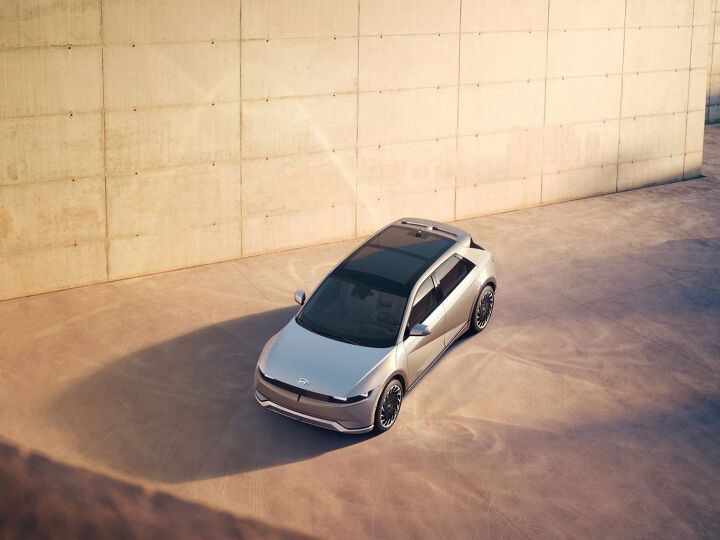


































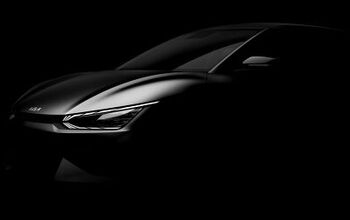
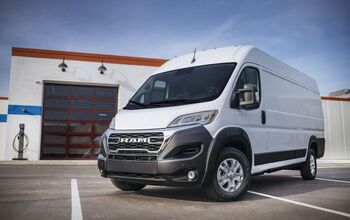




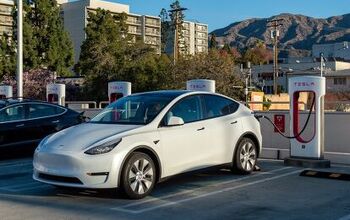

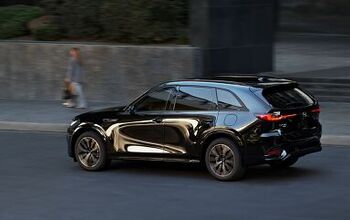
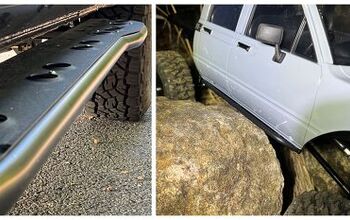
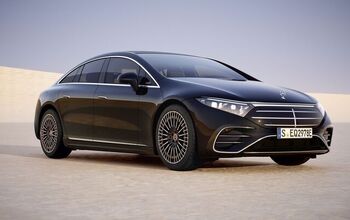
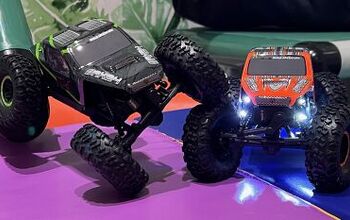


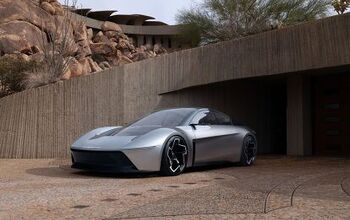
Comments
Join the conversation